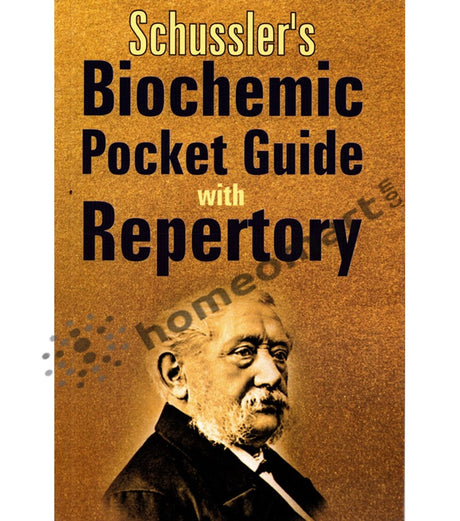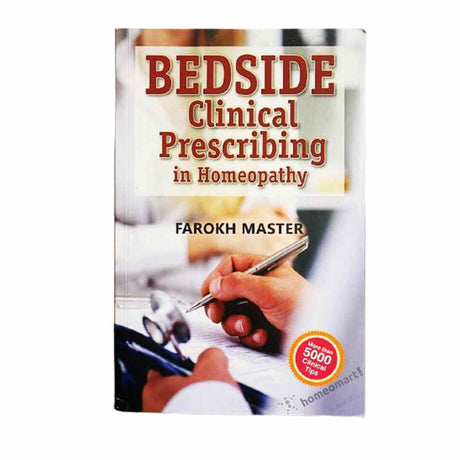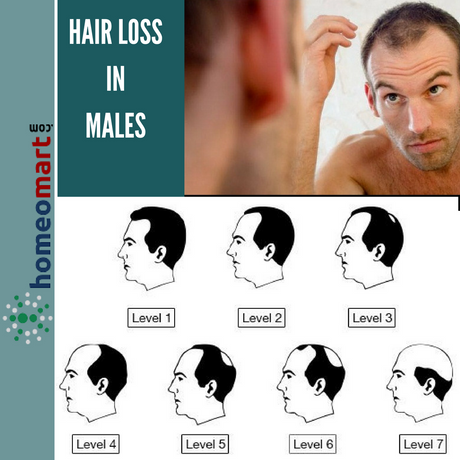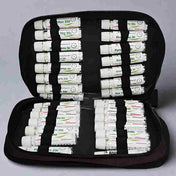Guiding Principles for Adjusting Homeopathic Potency During Treatment Improvement
In homoeopathy, the concept of "potency" refers to the strength of a homeopathic remedy, which is determined by the number of times the original substance has been diluted and succussed (shaken vigorously). The process of changing the potency of a remedy as improvement starts is an important aspect of homoeopathic treatment and is usually guided by a few key principles:
-
Individualized Treatment: Homeopathy is based on the principle of treating the individual rather than just the disease. Therefore, any change in potency should be tailored to your specific symptoms and response to the remedy.
-
Observing the Response: Before changing the potency, it's important to carefully observe how you respond to the current remedy. Improvement in symptoms may suggest that the current potency is effective, and drastic changes might not be necessary.
-
Stepwise Increase: If an increase in potency is considered necessary, it is usually done stepwise. For example, moving from a 6C to a 30C potency, rather than jumping directly to a much higher potency.
-
Guidance from a Homeopath: Changes in potency should ideally be done under the guidance of a trained homeopath. They can assess your response to the treatment and determine the appropriate changes.
-
Cessation Upon Improvement: In many cases, homoeopaths advise stopping the remedy when there is clear improvement. This is because continued use of a remedy when it's no longer needed can sometimes cause a relapse or aggravation of symptoms.
-
Waiting Period: After changing potencies, it's often recommended to wait and observe the effects before making further changes. This allows the body time to respond to the new potency.
-
Potency and Frequency Relationship: Sometimes, it's not just the potency that changes but also the frequency of dosing. A higher potency might be given less frequently, whereas a lower potency might be used more often.





























